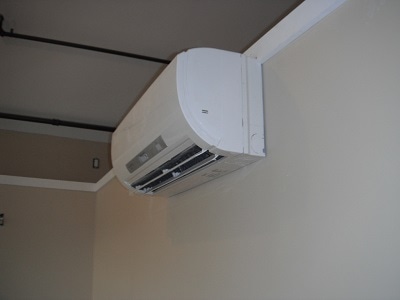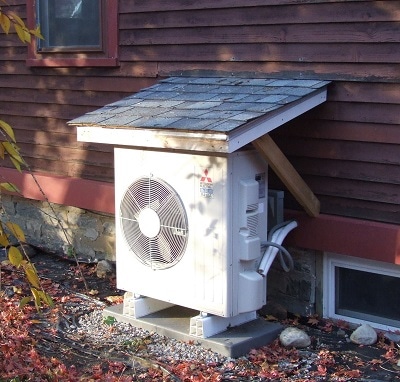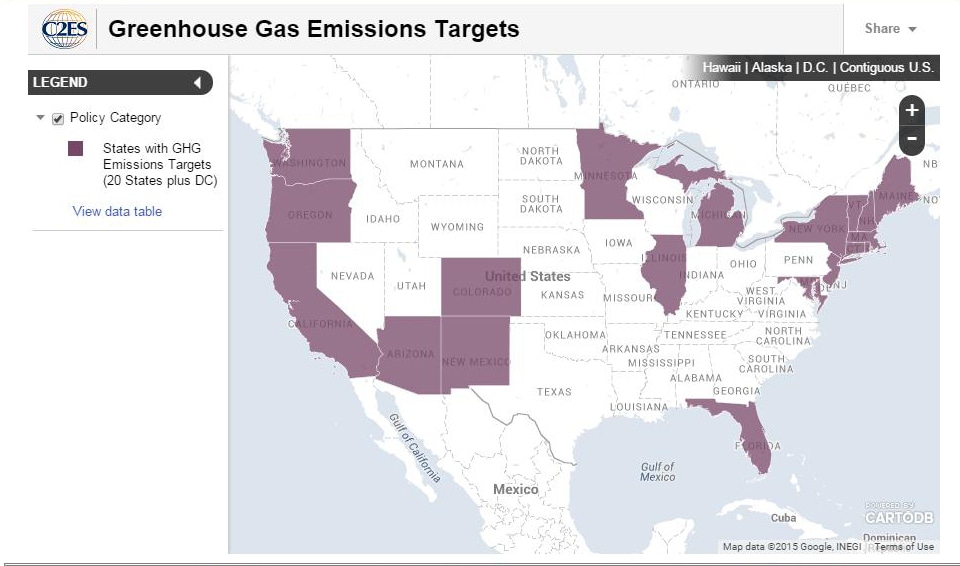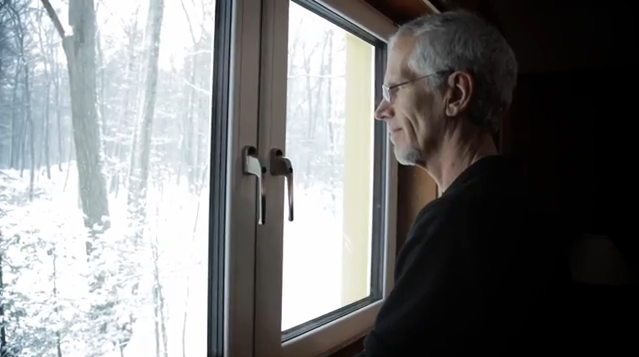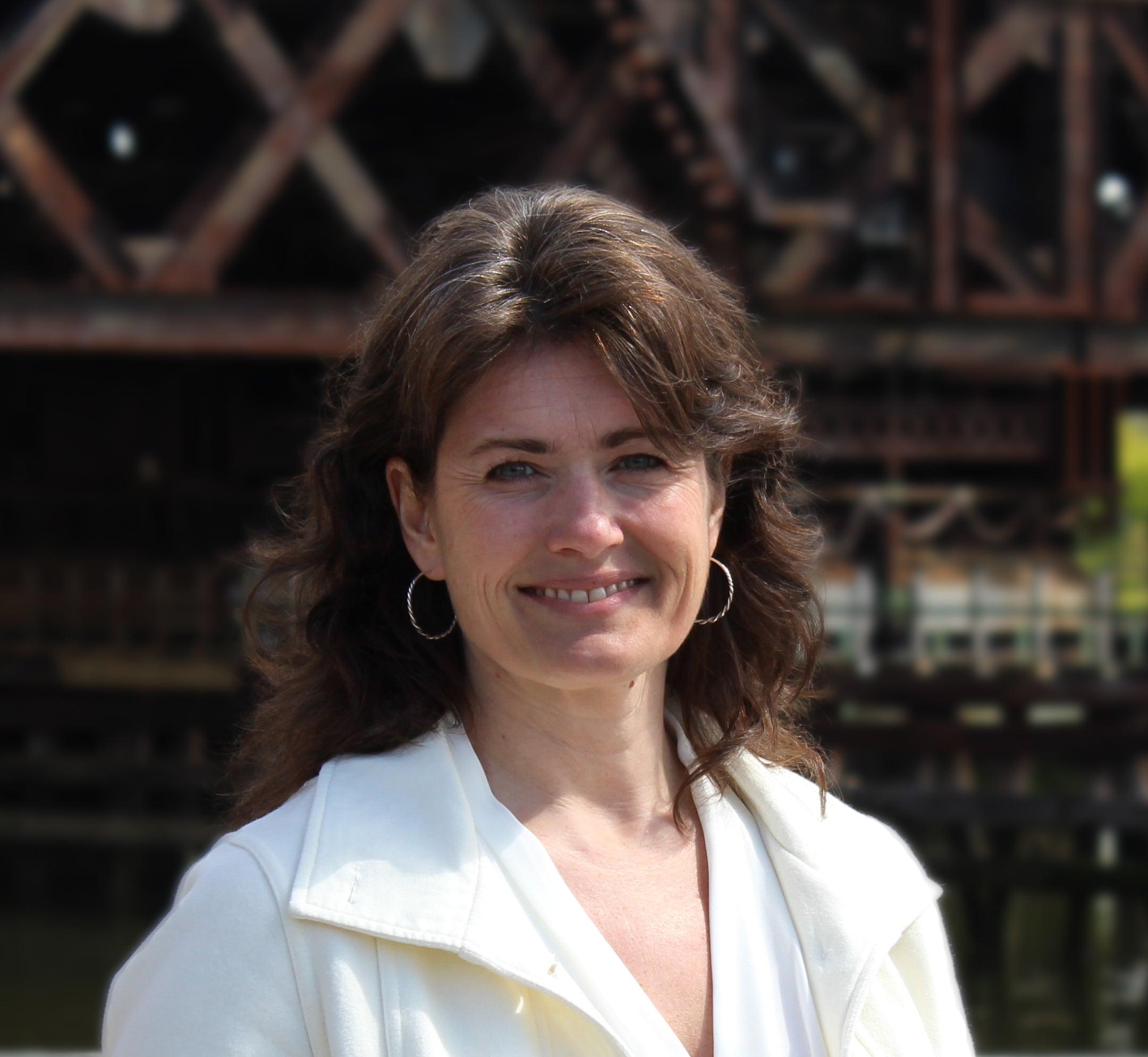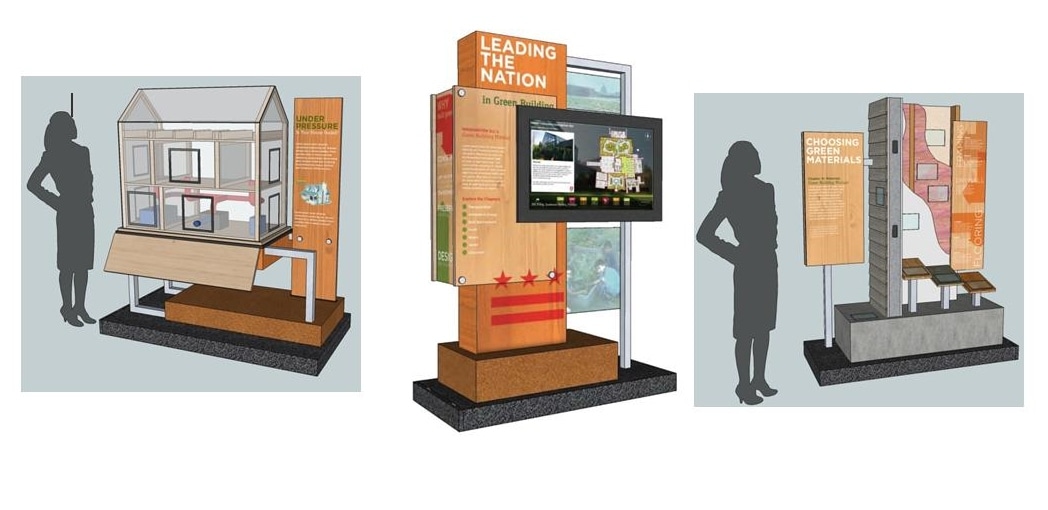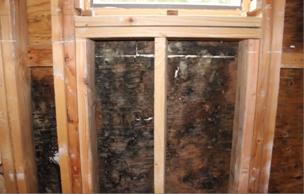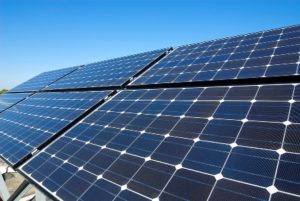- October 29, 2015
- 1 Comments
- In Existing Building Performance High-Performance Construction
- By Robb Aldrich
Air-source heat pumps are a booming business. In the Northeast, manufacturers report that sales of residential systems have increased by 25-35% per year over the past 5-10 years. We’ve seen more and more systems being installed in existing homes (to provide cooling while offsetting oil or propane used for heating) and into new homes (often as the sole source of heating and cooling).
We’ve looked into these systems often, and from many perspectives. I’m planning a series of posts, but, for now, here are the answers to some basic questions we receive from clients.
First, the basics: What is an air-source heat pump (ASHP)?
It’s an air conditioner that can operate in reverse. During the summer, it moves heat from indoors to outdoors. In the winter, it moves heat from outdoors to indoors. We helped NEEP (the Northeast Energy Efficiency Partnerships) to put together a market assessment and strategy report on ASHPs. The early sections in this document (see p. 12) outline the different terms and types of heat pumps (ducted/ductless, split/packaged, mini-split, multi-split, central, etc.) Unfortunately, different people can use the same term to mean different things, but hopefully the NEEP Northeast/Mid-Atlantic Air-Source Heat Pump Strategies Report can help clarify things.

